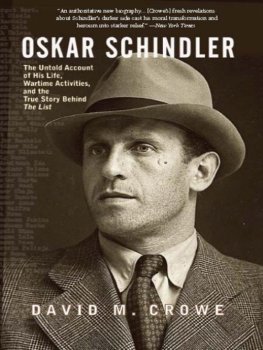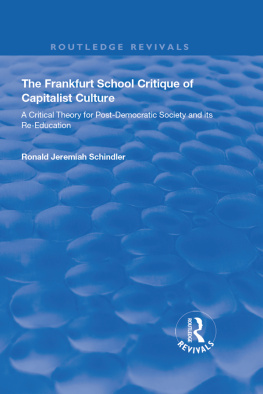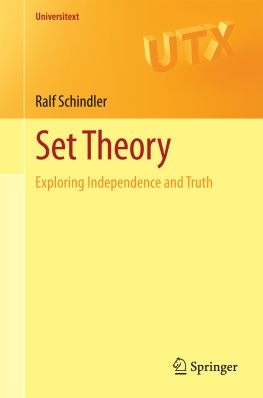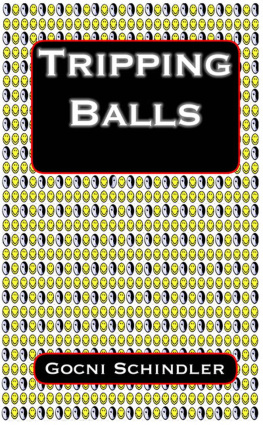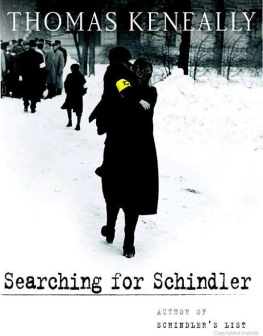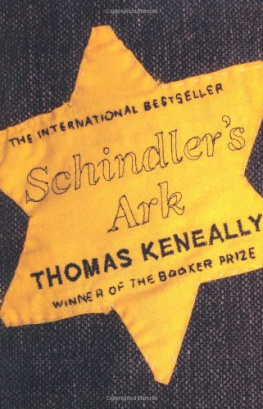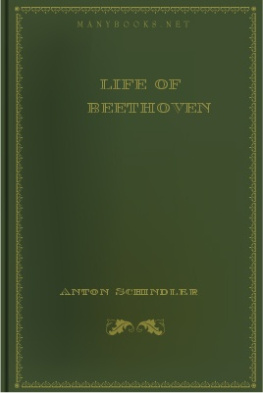Dr. Bill Schindler - Eat Like a Human
Here you can read online Dr. Bill Schindler - Eat Like a Human full text of the book (entire story) in english for free. Download pdf and epub, get meaning, cover and reviews about this ebook. year: 2021, publisher: Little, Brown and Company, genre: Home and family. Description of the work, (preface) as well as reviews are available. Best literature library LitArk.com created for fans of good reading and offers a wide selection of genres:
Romance novel
Science fiction
Adventure
Detective
Science
History
Home and family
Prose
Art
Politics
Computer
Non-fiction
Religion
Business
Children
Humor
Choose a favorite category and find really read worthwhile books. Enjoy immersion in the world of imagination, feel the emotions of the characters or learn something new for yourself, make an fascinating discovery.

- Book:Eat Like a Human
- Author:
- Publisher:Little, Brown and Company
- Genre:
- Year:2021
- Rating:3 / 5
- Favourites:Add to favourites
- Your mark:
- 60
- 1
- 2
- 3
- 4
- 5
Eat Like a Human: summary, description and annotation
We offer to read an annotation, description, summary or preface (depends on what the author of the book "Eat Like a Human" wrote himself). If you haven't found the necessary information about the book — write in the comments, we will try to find it.
Eat Like a Human — read online for free the complete book (whole text) full work
Below is the text of the book, divided by pages. System saving the place of the last page read, allows you to conveniently read the book "Eat Like a Human" online for free, without having to search again every time where you left off. Put a bookmark, and you can go to the page where you finished reading at any time.
Font size:
Interval:
Bookmark:
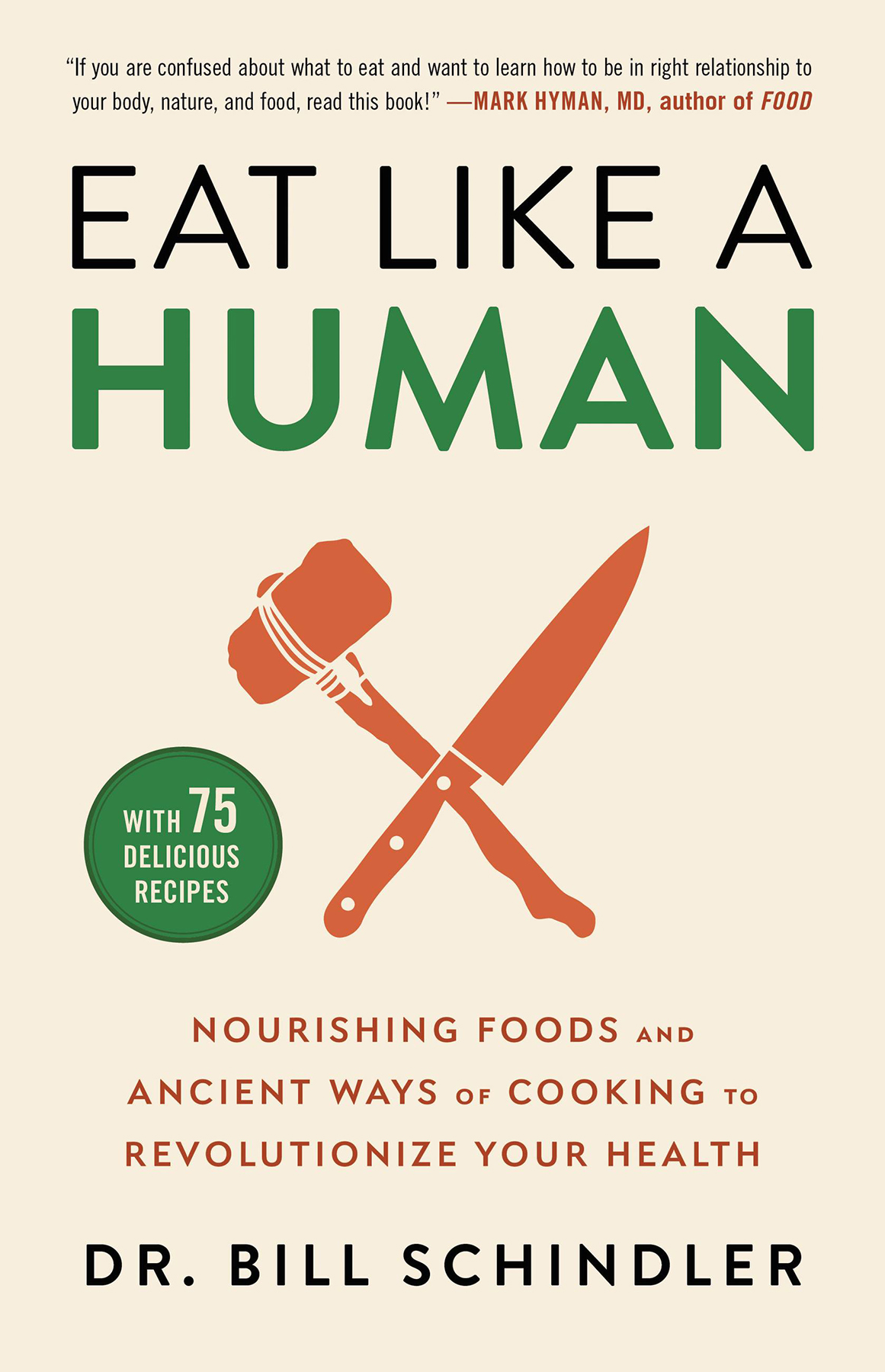
It is unfortunate that we live in a world in which we need disclaimers for sharing information on how to nourish one another to achieve optimal health simply because it goes against the status quoa status quo that is making us sicker every day. However, I have been advised that I need one here, and I would much rather present you with the information along with a disclaimer than not present the information at all.
The information in this book concerning selection and preparation of various foods is the product of my years of research and is provided for your information only. You should consult with appropriate health professionals on any matter relating to your health and well-being, including how you may react to any particular recipe or ingredient.
Bill Schindler
Copyright 2021 by Bill Schindler, PhD
Cover design by Kirin Diemont
Cover 2021 Hachette Book Group, Inc.
Hachette Book Group supports the right to free expression and the value of copyright. The purpose of copyright is to encourage writers and artists to produce the creative works that enrich our culture.
The scanning, uploading, and distribution of this book without permission is a theft of the authors intellectual property. If you would like permission to use material from the book (other than for review purposes), please contact permissions@hbgusa.com. Thank you for your support of the authors rights.
Little, Brown Spark
Hachette Book Group
1290 Avenue of the Americas, New York, NY 10104
littlebrownspark.com
twitter.com/lbsparkbooks
facebook.com/littlebrownspark
Instagram.com/littlebrownspark
First ebook edition: November 2021
Little, Brown Spark is an imprint of Little, Brown and Company, a division of Hachette Book Group, Inc. The Little, Brown Spark name and logo are trademarks of Hachette Book Group, Inc.
The publisher is not responsible for websites (or their content) that are not owned by the publisher.
The Hachette Speakers Bureau provides a wide range of authors for speaking events. To find out more, go to hachettespeakersbureau.com or call (866) 376-6591.
Photographs by Brianna Schindler
Illustrations by Sarah Schlick
ISBN 978-0-316-24950-8
E3-20211012-JV-NF-ORI
To my family: Christina, Brianna, Billy, and Alyssa. I learned all of this for you. Thank you for inspiring me.
Deep in central Kenya, amidst barren grasslands and bushwillows, days and miles from anything approaching modern civilization, my family and I were about to drink blood. We were among the Samburu, semi-nomadic warrior people of East Africa who herd cattle, goats, and other livestock, and whose diets depend on a combination of raw milk and fresh blood drawn daily from the teats and necks of their animals.
After days of travel, we had come to a remote river village to witness and share in this practice. The final leg of our journey was driving for an hour up the middle of a wadi, or dried riverbed, since anything resembling a road had disappeared long ago. We arrived in the late afternoon, and the land shimmered with heat. Only the hum of insects broke the quiet.
Three young Samburu warriors stood sentry over the entrance to the trail that led to their village. They all wore brightly colored traditional attire, and their physiques were striking. In fact, for all of my travels around the world I had never encountered anyone who looked as healthy. Tall, lean, and muscular, they had broad faces split with wide smiles of straight, gleaming teeth. Their eyes were white and their skin glowed. And they looked this way despite a diet of very little meat, fruits, or vegetables. They had no access to supplemental vitamins, grocery stores, health care, nutritionists, or even fluoride. How did they do it? What was their secret? As an experimental archaeologist and food anthropologist, I wanted to find out.
I had brought my family with me: my wife, Christina; 12-year-old son, Billy; and 10- and 14-year-old daughters, Alyssa and Brianna. We were ready, or we thought we were. Billy and the girls stood by nervously, at once spellbound and alarmed by what was about to transpire. We watched one of the tribesmen lead a cow forward. Another held its head, steadying it. The animal huffed, shuffling its hooves in the dust, and then stilled. It regarded us with dark, wet eyes.
Then everything happened quickly. With a practiced dart of the wrist and a small bow and arrow crafted just for this purpose, one man efficiently pierced the cows jugular. A second caught the blood flowing from the cows neck in a gourd, about a liter. A third patched the small wound with dirt. Then the creature was released. It ambled off into the brush, unperturbed and seemingly unaffected. The tiny wound was not meant to kill the cow but rather to release a relatively small amount of blood, similar to the way we humans donate at a blood bank. The Samburu view blood the way most of the world views milkas a renewable resource of high-quality nutrition.
In the moments that followed, one of the men filled a second gourd with fresh milk and then poured the two fluids, milk and blood, back and forth from one gourd to the other, mixing them thoroughly.
Finally, he handed the gourd to me. The moment had come.
I paused, looking out across the boundless savanna, the land stretching past the river, over expanses of whistling thorn and star grass. Then I looked down at the gourd, lifted it up, and took my first swallow of fresh blood.
What surprised me was how good it felt in my mouthits density, warmth, and even flavor, akin to a rich chocolate milkshake with a little iron and salt thrown in. And after a few more swallows, it felt satiating. With very little, my body felt full and satisfied, almost as if it instinctively knew that it had just received a huge dose of nutrients that it could really do something with.
I passed the gourd to Christina, who swallowed and widened her eyes, feeling the same. Billy, who is always ready to jump in with both feet, took a healthy swig, but Briannas was tiny, a mere taste. Take a real sip, I encouraged her gently, and she did. But my youngest, Alyssa, couldnt be persuaded. Shed been afraid the cow was going to be hurt (or worse), and it was too far a cultural divide and too big a personal step for her to take. This was OK, too. As the dusk gathered, we stood together in amazement of this place and these people, talking about what we had shared.
So why, you might ask, would I bring my family to this remote African bush to drink blood and milk with a group of Samburu warriors? The answer is both complicated and simple. Today, our relationship to food is filled with confusion and insecurity. Vegan or carnivore? Vegetarian or gluten-free? Keto or Mediterranean? Fasting or Paleo? Every day we hear about a new ingredient or food that is good or bad, a new diet that promises us everything. Our conversations are filled with a dizzying array of perspectives on our relationship to this most essential element of being human: food.
What if I told you that none of these dietary labels mattered? That you should never exclude a food source, no matter how alien or strange? What if I told you that you do not need to count calories, measure your portions, go hungry, or feel deprived? And, at the same time, that you can eat in such a way that you can become healthier, lose the extra pounds, live a more pain-free and energetic life, and contribute to the health of our planet?
How? By learning to eat like a human again. Simply put, this means finding food that is as nutrient-dense as possible, and preparing that food using methods that render it safe and make its nutrients available to our bodies. Thats it. Whatever diet you follow, whatever your food preferences, the goal is to find and prepare food so that it provides the most nutrients. Eating in this way will maximize your health and simultaneously simplify the process of knowing how, what, and when to eat.
Font size:
Interval:
Bookmark:
Similar books «Eat Like a Human»
Look at similar books to Eat Like a Human. We have selected literature similar in name and meaning in the hope of providing readers with more options to find new, interesting, not yet read works.
Discussion, reviews of the book Eat Like a Human and just readers' own opinions. Leave your comments, write what you think about the work, its meaning or the main characters. Specify what exactly you liked and what you didn't like, and why you think so.

